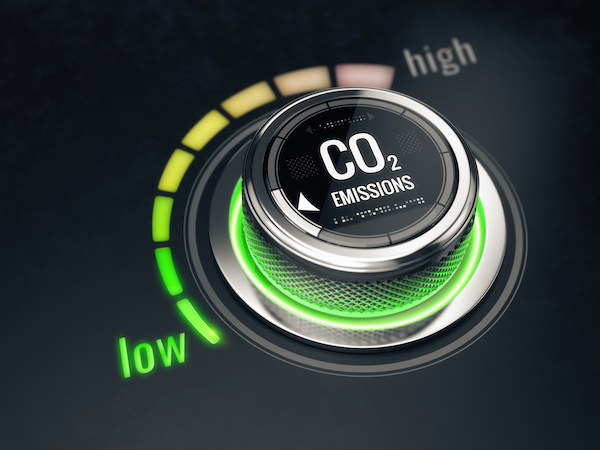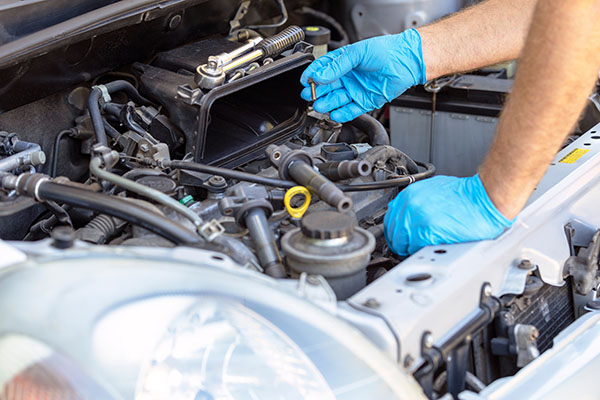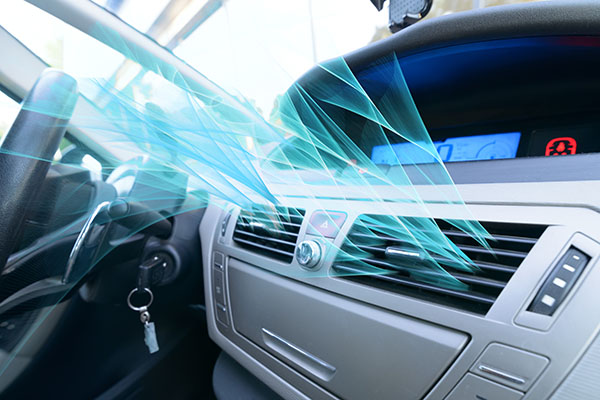Posted on 10/28/2023

Every turn and every straight stretch is an opportunity to embrace the joy of driving. However, amidst this liberating experience, there exists a fine line between safe, responsible driving and habits that can lead to potential hazards. From subtle yet harmful practices to blatant disregard for road etiquette, some driving habits demand immediate attention. As you embark on a journey towards safer and more mindful driving, let's shed light on seven common habits that warrant a swift exit from your driving routine. Distracted Driving Dangers In an era dominated by smartphones and in-car entertainment systems, the temptation to check messages or switch songs while driving is ever-present. However, the split-second distraction can have dire consequences. From delayed reactions to severe accidents, the risks associated with distracted driving make it an absolute no-go habit on the road. Speeding: The Illusion of Time Saved The allure of arriving at ... read more
Posted on 9/30/2023

As conscientious drivers, many of us are taking steps to reduce our environmental impact and minimize our carbon footprint. One significant way to contribute to a greener planet is by limiting your vehicle's emissions. Below are some practical tips that anyone can follow to reduce their vehicle's emissions and make a positive impact on the environment. 1. Keep Your Vehicle Well-Maintained Regular vehicle maintenance is essential for optimal performance and reduced emissions. A well-maintained engine runs more efficiently, burning fuel cleaner and producing fewer harmful emissions. Be sure to schedule routine service appointments and address any maintenance issues promptly. 2. Drive Smoothly and Avoid Rapid Acceleration Aggressive driving habits, such as rapid acceleration and sudden braking, can increase your vehicle's emissions. Smooth and gradual acceleration and braking are not only safer but also more fuel-efficient and eco-friendly. 3. Maintain Proper Tire Inflati ... read more
Posted on 8/31/2023

In the realm of automotive maintenance, there's a crucial yet often overlooked aspect that significantly impacts your vehicle's performance and efficiency: fuel/air induction services. This service involves cleaning and optimizing the components responsible for mixing fuel and air within your engine. In this blog, we'll delve into what fuel/air induction services entail and explore the manifold benefits they bring to your vehicle's health and performance. Understanding Fuel/Air Induction The term "fuel/air induction" refers to the process of introducing fuel and air into the engine's combustion chamber for ignition. This process is essential for generating power and ensuring efficient fuel consumption. Over time, carbon deposits, dirt, and contaminants can accumulate in critical parts of the induction system, including the throttle body, intake manifold, and intake valves. These deposits can hinder the proper mixing of fuel and air, lead ... read more
Posted on 7/31/2023

As the summer heat intensifies, our vehicles' air conditioning (A/C) system becomes an essential feature for comfortable driving. However, like any mechanical system, the A/C system is subject to wear and tear, which may lead to occasional repairs or part replacements. Some components break often, and others never see the hands and wrenches of your local mechanics. Today, we will be taking a look at the ones which you have to take more care of and make sure are functioning correctly. Components covered in the article: Compressor clutch Compressor Condenser Evaporator Refrigerant Blower Motor Fan Compressor Clutch and Compressor The A/C compressor is the heart of the system, responsible for compressing and circulating refrigerant to cool the cabin air. The compressor clutch engages and disengages the compressor as needed. Due to its constant operation, the compressor clutch may experience wear and tear, resulting in reduced cool ... read more
Posted on 6/30/2023

As the scorching heat of summer approaches, ensuring your vehicle's air conditioning system is in top shape becomes a priority. A properly functioning A/C system not only keeps you comfortable during those sweltering drives but also plays a crucial role in maintaining good air quality inside your vehicle. If you want to learn a little bit more on how to keep your A/C maintained, read along! #1 Regularly Check and Clean the Air Filters The air filters in your A/C system prevent dust, pollen, and other airborne particles from entering the cabin. Over time, these filters can become clogged, obstructing airflow and reducing cooling efficiency. Regularly inspect and clean or replace your air filters to ensure optimal air circulation and maintain clean and fresh air inside your vehicle. #2 Test and Monitor the A/C Performance Before the summer heat hits its peak, it's crucial to test your A/C system's performance. Turn on the A/C and observe ... read more